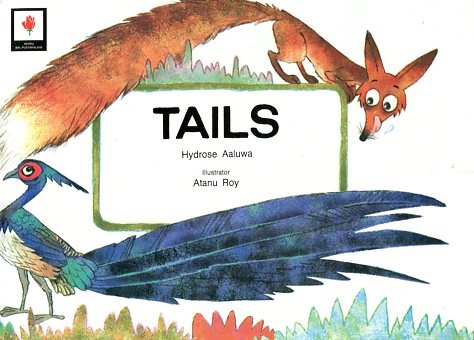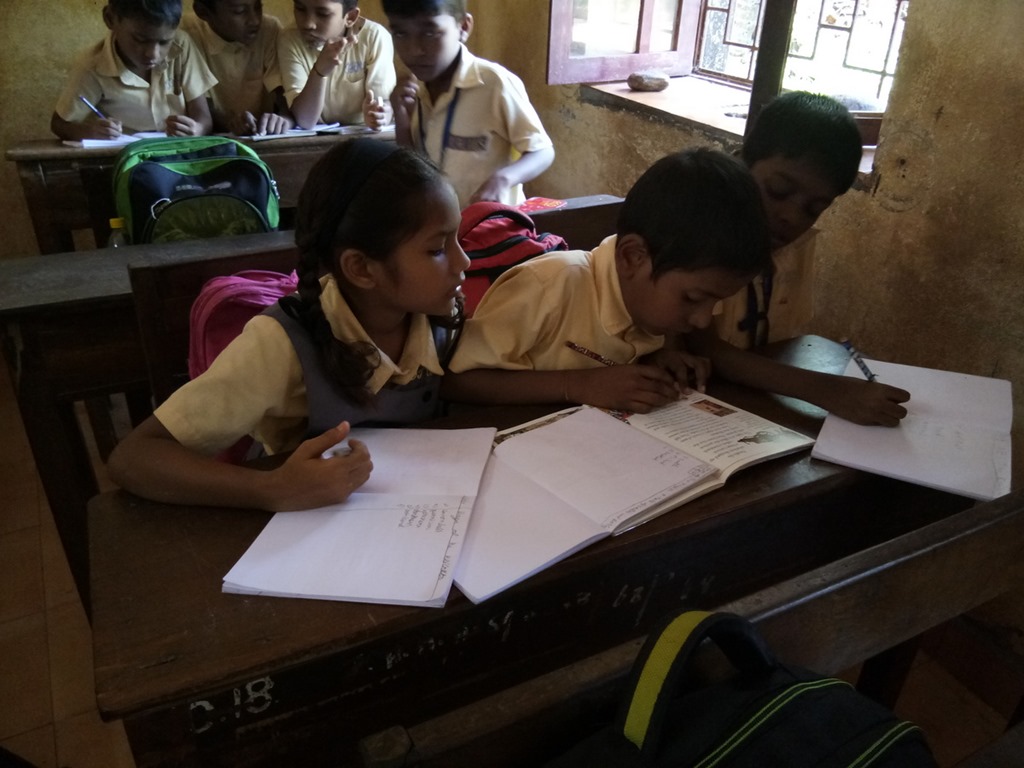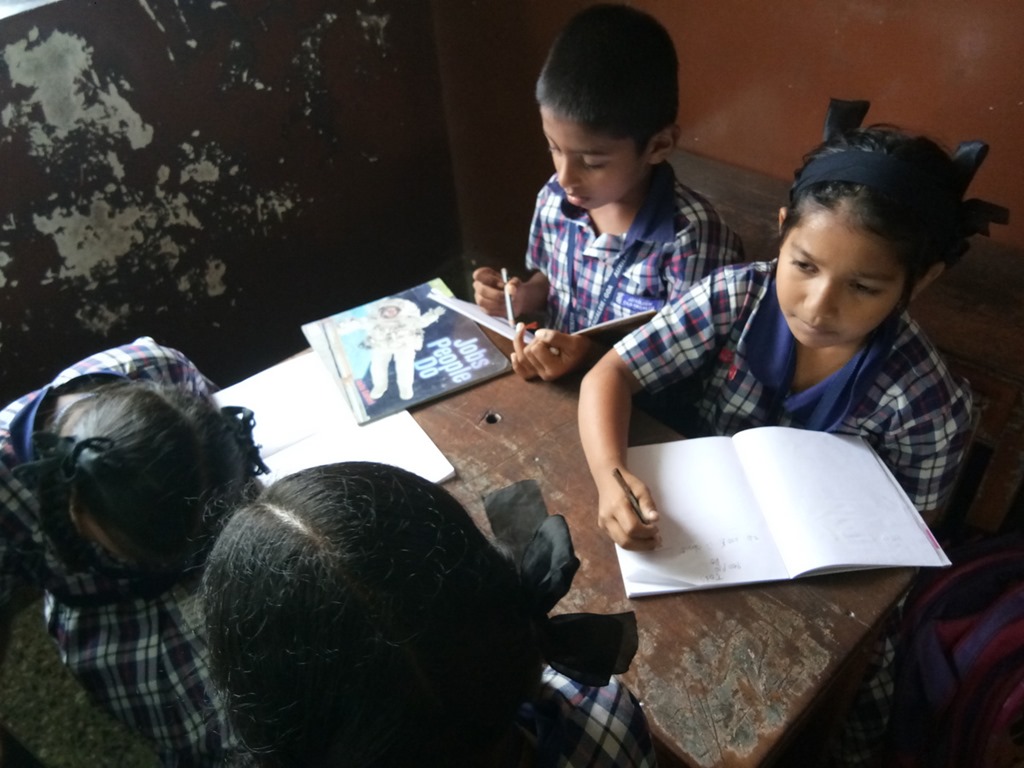As part of our Libraries in School Program (LiS), it has been our endeavor to develop a love for books and reading in children. This also means exposing them to various types of books in various ways. This year, as part of our LiS syllabus, we had decided that we would add a new unit to introduce Non Fiction books. The plan was to read a few Non Fiction stories and then introduce students to Non Fiction texts through book talks and identifications of certain characteristics. As part of the session extension activities, students would be encouraged to do some close reading exercises with Non Fiction books.
The session plan was ready after many great discussions. And it was decided that these sessions would take place in grades 3 and above. This session had a very shaky start in the first school that I went to. After introducing a Non fiction book through a book talk demonstration and a few general characteristics, I asked the children to check if any of them had a Non fiction book. Most of the children said that they have a Non fiction book, their logic being that there are animals and insects and trees and mountains in their books. I realised that my introduction about ‘real’ things and events was taken literally. Any ‘real’ image or photograph made the book non – fiction.
After dashing a few hopes, I identified three children to do book talks based on their Non fiction books, while the rest of the children from the class were encouraged to ask questions. This did not go as expected as the book talkers were stumped when questions were asked as two from the three had not read their books.
I read out the story ‘Tails’ by Hyrdrose Aaluwa and illustrated by Atanu Roy as part of the plan and this seemed to have piqued the interest of many. This book is very interesting and has been incorporated in the LiS syllabus as it introduces a Non Fiction topic of different types of animals and birds tails.
For the second follow up session, the children were ready for me. We had three successful super confident Non Fiction book talks. My heart soared like a bird in the sky. After discussions about the marked differences between Fiction and Non Fiction books, groups of four to five children were made depending upon their seating in the class. Each group was then given a carefully selected Non Fiction Graded Reader book. Each group was then asked to browse or read this book in a collaborative fashion and identify a few words. The condition for choosing these words was that the children had to have read these words elsewhere and had to be aware of the meanings. The groups could advance to the next level only on the completion of this activity. But as the activity began, the struggle began too and everything went downwards from here. Most children struggled to read the words and if they knew the words, they could not express the meanings in writing. Only a few handful managed to complete the first activity and go to the next level of identifying absolutely new words that they may have never read before. I had to wrap up this session with an extremely heavy heart.
I reached another school, the next week with great trepidation as I was not expecting much from this class too. But children being children, they never cease to amaze and surprise me. Two children did very nice book talks on their Non Fiction books and were also asked some really good questions by their classmates as part of the Book Talk. The class also told me about how one can identify these types of books. I explained to the class about my group activity and divided the class into groups. This class had a very good response rate to this activity. Four groups managed to identify words that they knew and even wrote the meanings for these and also managed to write down new words too. These groups advanced to the next level. The other groups managed to identify words that they knew albeit they could not elicit the meanings for the same. But nevertheless this itself was an achievement for them.
In retrospective, I feel I lacked the vision of devising a plan which should have encompassed all levels of readers and nonreaders. As I go to these classes and am aware of the children’s reading and writing skills, I went overboard and maybe expected a bit too much from the children. However, as our classes move ahead, it is absolutely delightful to hear young emerging readers ask me, “ Teacher is this book fiction or nonfiction ?” Their vocabulary is growing and soon other changes will emerge.




